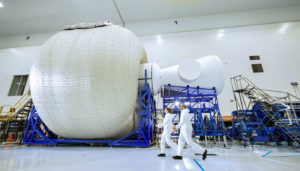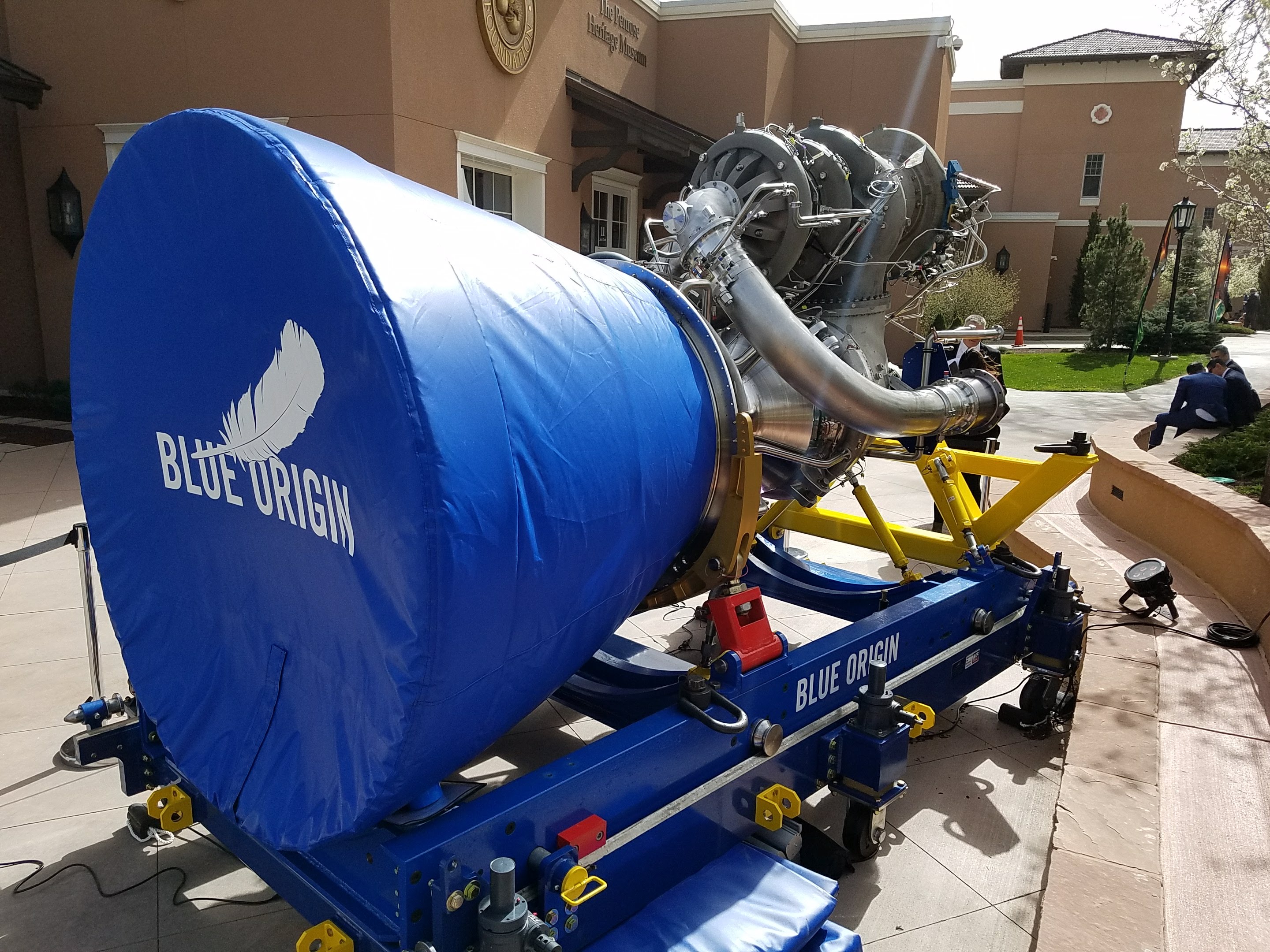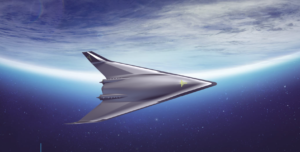
Dream Chaser Tenacity Is Nearing Completion Prior To Its First Launch
Spaceplanes are unique engineering feats that come with different benefits and downsides compared to traditional spacecraft. They also come in many different shapes and sizes with the Space Shuttle and Dream Chaser being great examples. In the past, the Shuttle revolutionized space access and what was capable. Now in 2023, Sierra Space and Dream Chaser are hoping to do the same.
In the last couple of months, we have seen an increase in progress from the company regarding the first Dream Chaser test article expected to go to space named Tenacity. This involves finishing heat shield application and an upcoming shipment for final ground testing. Once complete, the only other factor influencing this launch is the first flight of Vulcan scheduled in a couple of months, which Tenacity will launch on in the future.
However, with Vulcan a few months behind schedule and this being Dream Chaser ‘s first ever mission, a lot can come in the way of the launch set to happen in the third quarter of this year. Here I will go more in-depth into some of the recent updates on both Dream Chaser Tenacity and Vulcan, what to expect on this first mission, the significance of this spaceplane, and more.
Dream Chaser Nearing Completion
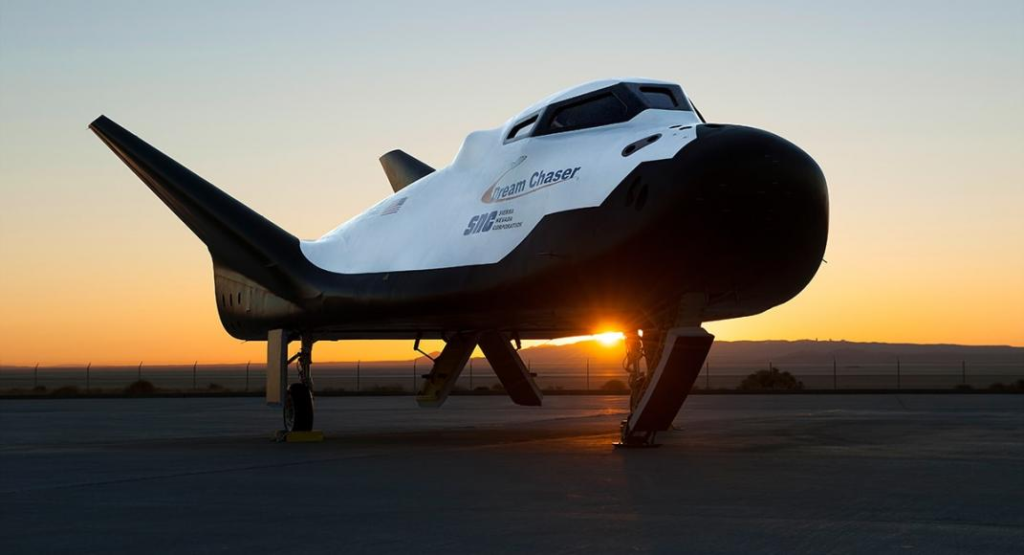
As the scheduled first mission closes in, more and more progress is being made on Tenacity and other important factors. Most recently about one week ago, Sierra Space tweeted saying, “As the first Dream Chaser® spaceplane enters its final production phase, Sierra Space has made a key executive hire with veteran aerospace leader Steve Berroth joining the leadership team as Senior Vice President and General Manager.” They also provided a press release that went more in-depth into Tenacity’s current status and future plans.
Specifically, the report was quoted saying, “The first Dream Chaser, Tenacity, is nearing completion and will subsequently ship to NASA’s Neil A. Armstrong Test Facility in Cleveland, Ohio, for final space environmental testing ahead of its first mission to the ISS later this year. The Neil A. Armstrong Test Facility, formerly known as Plum Brook Station, is a remote test facility for the NASA Glenn Research Center. Located on 6,400 acres in the Lake Erie community of Sandusky, the complex is home to several world-class test facilities, which perform complex and innovative ground tests for the international space community.
In Dream Chaser Tenacity’s case, we can expect to see a pressure test among other things at the facility. Back in 2020 a pressure test article arrived at this exact test complex, from Louisville, Colorado, and was transported to the high bay in the Space Station Processing Facility. The pressure test article was used to validate that Dream Chaser could withstand the demands associated with repeated launches and returns from space. SNC designed the Dream Chaser spacecraft to be reusable for as many as 15 missions. The pressure article specifically verified the composite and bonded structure of the spacecraft.
In addition, the Space Environments Complex (SEC) houses the world’s largest and most powerful space environment simulation facilities including the Space Simulation Vacuum Chamber measuring 100 ft. in diameter by 122 ft. high. The Reverberant Acoustic Test Facility is the world’s most powerful spacecraft acoustic test chamber, which can simulate the noise of a spacecraft launch up to 163 decibels or as loud as the thrust of 20 jet engines. The Mechanical Vibration Facility is the world’s highest capacity and most powerful spacecraft shaker system, subjecting test articles to the rigorous conditions of launch.
Months ago Sierra Space confirmed that Tenacity had begun the thorough process of installing thousands of individual thermal tiles around the entire spacecraft. Based on this recent update and the timeframe provided, we can assume this heat shield process is already complete or very close as it needs to be finished before testing commences.
The last recent update that impacts Dream Chaser’s first launch is ULA’s Vulcan Centaur. On August 14th, 2019, it was announced that all of the Dream Chaser ISS cargo flights would be carried into orbit by ULA’s Vulcan launch vehicle. The Tenacity launch is meant to happen on the second ever launch of Vulcan. The first launch of this vehicle is currently a couple of months behind but still making good progress. Just yesterday ULA CEO Tory Bruno tweeted saying, “A thing of beauty…” This included an image of Vulcan’s first stage going vertical. Assuming this first launch goes well and happens by around March, we can expect the second Vulcan to be ready on time for Tenacity’s launch.
First Mission to ISS
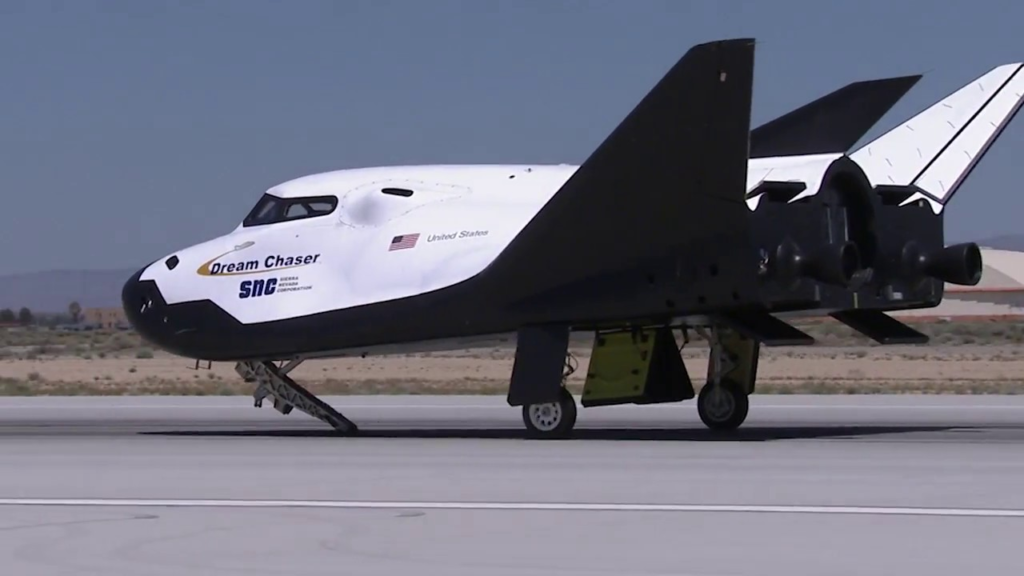
Now that we know more about Dream Chaser’s progress and what its next steps are, we can take a closer look at the unique design and features this spacecraft offers. One of the downfalls of the Space Shuttle was its heat shield. The heat shield was comprised of tens of thousands of individual tiles that took a lot of time to refurbish and fix between missions not to mention a host of other issues. For years now Sierra Space has been working to develop and create a new and improved heat shield capable of protecting Dream Chaser upon re-entry.
To be specific, around 2,000 of these tiles will protect Dream Chaser from temperatures that could reach upwards of 3,000°F on entry, while keeping the vehicle itself at only 350°F. One unique aspect of these tiles is their different colors depending on their location on the spacecraft. In this case, the white tiles reject more heat from the sun while on-orbit, which helps to keep the components within Dream Chaser cooler. As for size, Dream Chaser is about 30 feet long, or about ¼ the total length of the space shuttles. In comparison, more than 24,000 tiles were used on NASA’s space shuttle orbiters.
Back in 2015, Sierra Nevada Corporation (the parent company of Sierra Space) successfully completed several significant Thermal Protection System (TPS) material development tests for its Dream Chaser spacecraft. At the time, the corporate vice president of SNC’s Space Systems commented, “Safety of crew and cargo is most important to our team as we continue to mature the spacecraft design. For several years, we have worked collaboratively with Johnson and Ames, leveraging their existing infrastructure, materials, and expertise to mature and customize the TPS for our unique spacecraft. Our TPS is lighter, stronger, and more efficient than previous generations. We have met or exceeded all mission requirements. We are now prepared to enter the Critical Design Review phase for this system.” The overall goal being, produce a simple yet effective heat shield system that can be used for many missions. Something that will be put to the test not long from now.
With this in mind, we can focus on the mission profile of Tenacity’s first launch. Dream Chaser features three separate variants named DC-100, DC-200, and DC-300. DC-200 is the crewed variant which we got a sneak peek of recently when Sierra Space released an image of the spaceplane. DC-300 is an uncrewed variant with additional capabilities to MEO and GEO rather than just low Earth orbit. DC-100 is the regular uncrewed variant which will fly on Vulcan later this year.
The cargo version of the SNC Dream Chaser is called the Dream Chaser Cargo System (DCCS) and after development completes, will fly resupply flights to the ISS under NASA’s Commercial Resupply Services-2 program. Featuring an expendable cargo module mounting solar panels, the spacecraft will be capable of returning 1,750 kg (3,860 lb) to Earth while undergoing maximum re-entry forces of 1.5G. The mission will begin with Vulcan lifting off and Dream Chaser Teancity stowed within its fairings. Specifically, to meet CRS-2 guidelines, the cargo Dream Chaser will have folding wings and fit within a 5 m diameter payload fairing, in contrast to the Crewed Dream Chaser, which is intended to launch without a fairing. Not long after stage separation, Vulcan’s fairings will separate and reveal Tenacity. Next Tenacity will separate from the upper stage and soon after deploy its two wings. From here it will ignite its two main Vortex engines and propel itself to the desired orbit in order to dock with the International Space Station.
An expendable cargo module will launch attached to the back of the spacecraft, expanding the cargo uplift capacity and supporting the disposal of up to 3,250 kg (7,170 lb) of trash. Total uplift is planned for 5,000 kg (11,000 lb) pressurized and 500 kg (1,100 lb) unpressurized, with a downlift of 1,750 kg (3,860 lb) contained within the spaceplane. The expendable cargo module is called “Shooting Star”. Assuming everything has gone according to plan up until this point, Tenacity will stay docked at the ISS for a while before it undocks and beings its journey back. After the cargo is loaded onto the space station, astronauts can fill the Shooting Star with their trash. As Tenacity re-enters Earth’s atmosphere, the Shooting Star will detach and disintegrate. Tenacity will then attempt to not only withstand the extreme temperatures and forces upon reentry but also navigate and fly back for a soft and calculated landing on a runway.
Conclusion
Sierra Space is still working toward a third quarter launch of Dream Chaser Tenacity later this year. The company recently confirmed that Tenacity is almost complete and will soon be shipped to one of NASA’s facilities for final testing prior to launch. In addition, ULA’s Vulcan Centaur is also only weeks away from its first launch ever. We will have to wait and see how it progresses and the impact it has on the space industry.

